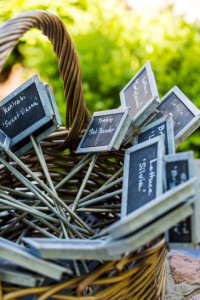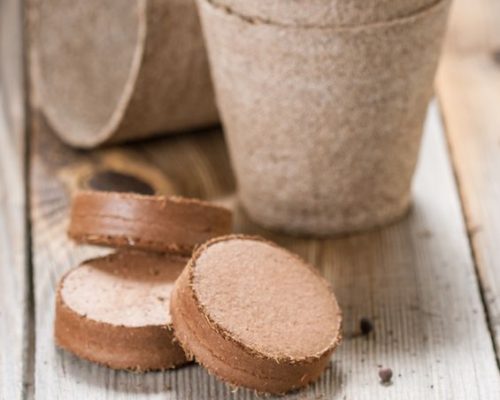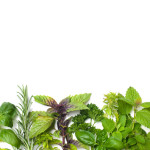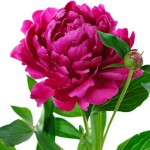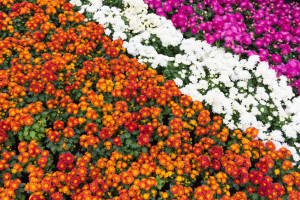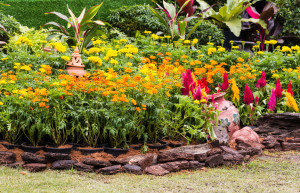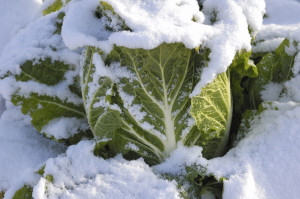Have Fun Growing All Winter and Label Your Efforts With Quality Garden Markers
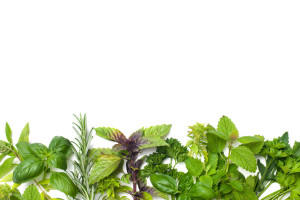 Despite the fact that in some areas they are calling for a warmer than usual winter, you’ll still have to move things indoors if you want to continue gardening in most parts of the country. If you live in the south or the west, you may not see hard frosts and icy winds, but the bulk of the nation knows these things only too well. Thankfully, there’s plenty of green thumb fun to be had indoors when the weather outside is frightful. So, choose some attractive pots, grab some rich potting soil and order your garden markers because now is a great time to keep your skills sharp inside.
Despite the fact that in some areas they are calling for a warmer than usual winter, you’ll still have to move things indoors if you want to continue gardening in most parts of the country. If you live in the south or the west, you may not see hard frosts and icy winds, but the bulk of the nation knows these things only too well. Thankfully, there’s plenty of green thumb fun to be had indoors when the weather outside is frightful. So, choose some attractive pots, grab some rich potting soil and order your garden markers because now is a great time to keep your skills sharp inside.
Indoor Vegetables
No matter how red the tomatoes look in the store, you know that when you get winter tomatoes home, they just don’t taste the same as home grown tomatoes. Why not make some room for a few large pots and try growing tomatoes indoors? Varieties such as Toy Boy, Pixie, Tiny Tim and Small Fry are easy to start from seeds and are ideal for indoor growing.
Delicious Herbs
Growing herbs will let you keep the flavor coming! Herbs can be successfully grown in small pots without a lot of work. Find space near a sunny window free from cold drafts and enjoy rosemary, sage, bay leaf, parsley, basil and chives. You’ll be snipping pungent leaves all winter and feeding your gardening fix all at the same time. Use garden markers to identify your herbs so your helpers in the kitchen can have fun gathering the savories for winter meals too.
Holiday Plants
Holiday plants can be enjoyed all year. For example, Christmas cacti make great holiday gifts, but they are also year-round fun to grow. These plants enjoy bright, indirect light and a spot not too close to hot or cold drafts. They are a tropical cactus so keep the air a bit humid. Place a container of water nearby, or set them atop a tray of water strewn with tiny pebbles so the pot doesn’t sit immersed in water. If the lovely-colored flower buds do happen to fall before blooming simply increase the fertilizer and decrease the water. Next Christmas will be a bonanza of pretty blossoms.
Everyday Plants
If you’re not up for the year-long wait for a holiday bloom, why not just choose to add some more everyday houseplants. Plants add color to a room and having something living and growing nearby makes a room feel cozier. Pothos is a pretty houseplant with attractive variegated leaves. It can be grown in a pot or from a hanging container. Spider plants, jade plants and small containers of English ivy are all simple to grow. They don’t demand much in terms of light or temperature and are typically very forgiving when it comes to watering.
The hard decision is what to grow, not whether to grow, this winter. So make it fun by hunting down just the right containers and creating just the right indoor space. When it’s time to buy garden markers, we hope you’ll choose Kincaid Plant Markers. At Kincaid we only make premier quality products to label your plants, because your labor of love deserves a labor of love on our end – and that is precisely what you’ll get. So keep your thumb green and have fun growing this winter.



